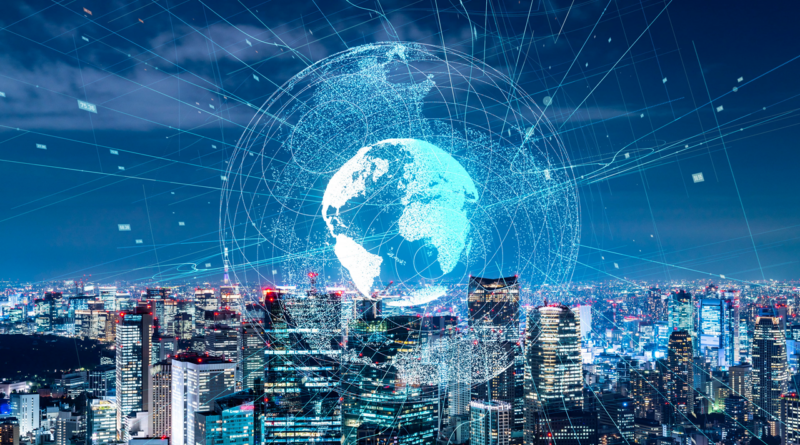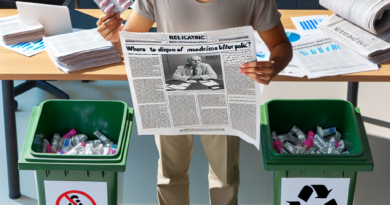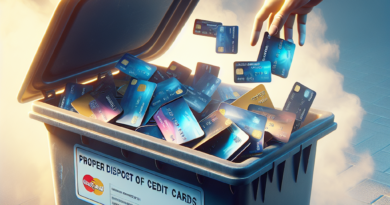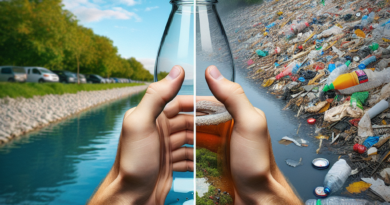This trick eliminates microplastics from the water we drink
Microplastics are not only found in seas, oceans or soil but also in drinking water.
Those plastic microparticles, no longer than 5 mm although sometimes no more than a thousandth of a millimetre, which have remained in the environment for decades resulting from old landfill waste and rubbish, are now also found in the water we drink every day.
days.
And if science is still trying to answer how and why microplastics are found in foods and which ones are most at risk, experts are wondering what the long-term effects on human health could be.
In any case, if it is true that we need to pay attention to microplastics, at the same time it is important not to get stuck in the eco-anxiety that similar truths can cause.
The same researchers are currently looking for solutions to eliminate plastic particles.
A mission that would seem impossible, were it not for the fact that at the moment the solution proposed by the researchers seems to work and is very simple.
But which one exactly? It is important to find an answer to this question: here's how to eliminate microplastics from water.
Below is everything you need to know.
read also The steel crisis in Europe can be avoided.
Here's how Microplastics: the latest data on water pollution Microplastics and nanoplastics are found dispersed in the earth we walk on, in the water we drink and even in the air we breathe and researchers are working to develop techniques that could eliminate them.
At the moment the solution found, although simple, seems to be extremely effective.
First, however, it is appropriate to provide a new framework on the issue of environmental pollution.
Just recently, this summer, the alarming results of some scientific research published in Nature arrived, which revealed the microplastic pollution of freshwater basins.
What makes us even more puzzled is the fact that the Lugano basins, in Italian Switzerland, and Maggiore are among the most polluted.
According to a study published in Nature, approximately 400 million tons of plastic waste are produced every year.
Plastic that must be recycled – and Italy holds the European record in this – and microscopic particles that infiltrate the most remote and uncontaminated areas of the planet, including lakes.
The data shows how larger pieces of plastic waste, known as macroplastics, account for the largest share of human-made debris found in shallow and deep coral reefs in 25 locations across the Pacific, Atlantic and Indian Ocean basins.
This is why research becomes fundamental in order to prevent and solve the problem of pollution.
And if until now there has always been discussion of automated filtration systems and complex technologies developed to capture these nanoplastics and microplastics, or NMPs, researchers have found an infallible and economical method, within the reach of every citizen.
Boil water to remove plastic According to researchers at Guangzhou Medical University (China), there is, in fact, a very simple method to eliminate nanoplastics.
As you can read in the study published in Environmental Science & Technology Letters, the solution could drastically limit the amount of nanoplastics and microplastics we ingest when we drink a glass of water: simply boiling the water would be enough.
As we read in other articles, the researchers worked with "hard water", that is, with water with a high content of minerals and, in particular, calcium and magnesium salts.
This is because this type of water tends to naturally form calcium carbonate when heated, i.e.
limescale.
The researchers explained that in boiling water, about 300 milligrams of calcium carbonate per liter would be enough to remove about 90 percent of floating NMPs.
Even water with only 60 milligrams of calcium carbonate per liter, if brought to the boil, will be able to remove about 25% of nanoplastics and microplastics.
It is therefore precisely during the formation of limestone that researchers have observed how calcium carbonate forms crystalline structures that encapsulate nanoplastics and microplastics.
At this point it would be enough to clean the container, eliminating the accumulations of limescale loaded with NMP (nano and microplastics).
To eliminate those that would remain floating, simply filter the water using a simple coffee filter.
If you want to take care of the environment and your health, simply boil water so you can peacefully drink a glass of water.
read also Where does plastic for recycling (really) end up in Europe




